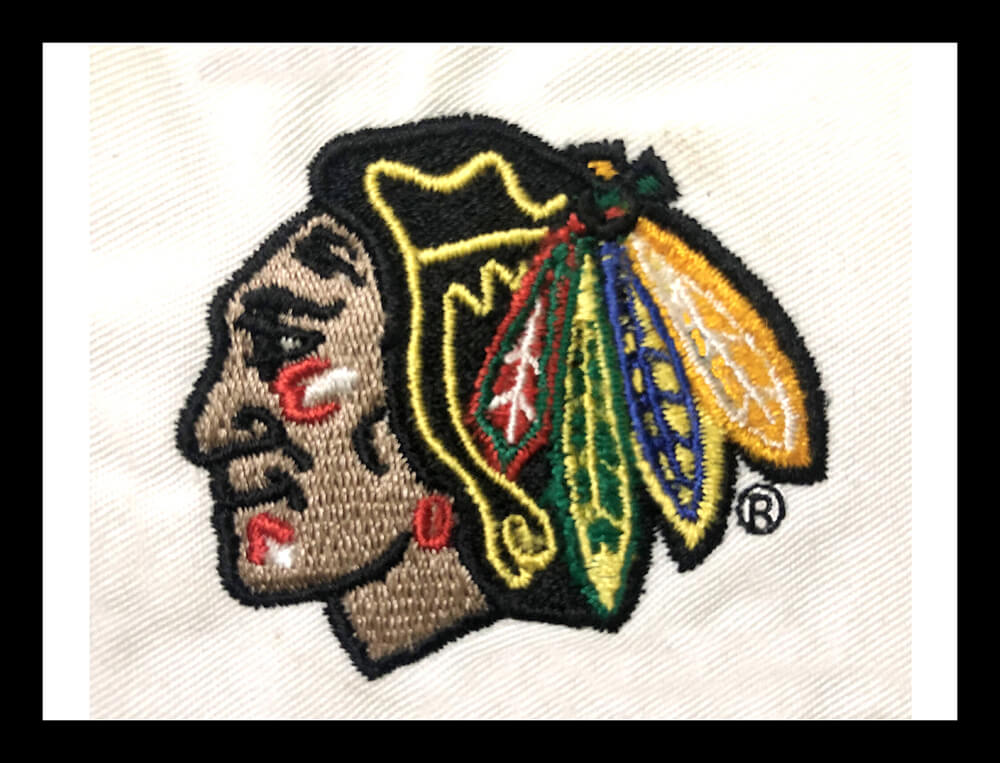Simplifying the Art of Needlework Digitizing: Step-by-Step Guide
Needlework digitizing is a careful craft that requires precision and imagination. As modern technology remains to advancement, the digitization procedure has actually become extra accessible, enabling lovers to bring their intricate styles to life effortlessly. In this guide, we will certainly unwind the complexities of needlework digitizing, breaking down each action carefully to improve the procedure and empower both newbies and experienced embroiderers alike. Remain tuned to discover exactly how you can simplify this intricate art kind and transform your imaginative visions right into wonderfully stitched work of arts.
Understanding Needlework Digitizing Software Application
Needlework digitizing software application functions as a crucial device for changing detailed layouts right into digital styles suitable with embroidery equipments, helping with accurate stitching and personalization. This specific software enables individuals to import numerous photo documents formats, such as JPG or PNG, and transform them right into needlework machine-readable layouts like DST, EXP, or PES - Digitizing for Embroidery. By making use of functions like stitch editing, padding choices, and thread shade selection, digitizing software program makes it possible for users to control every element of the layout procedure
Additionally, advanced embroidery digitizing software application offers tools for developing intricate layouts, changing stitch density, and incorporating intricate information. Users can likewise preview the style prior to stitching it out, making sure precision and minimizing mistakes. In addition, many software application supply automatic functions that assist improve the digitizing process, saving effort and time.
Understanding the capabilities of embroidery digitizing software is necessary for attaining high-grade lead to embroidery tasks. By understanding this device, needlework fanatics and experts can release their creative thinking and bring complex layouts to life with accuracy and effectiveness.

Selecting the Right Design Data
After familiarizing yourself with the capacities of needlework digitizing software, the following crucial action in the procedure is picking the appropriate design apply for your task. Digitizing for Embroidery. When picking a design apply for needlework digitizing, it's vital to consider the intricacy of the layout, the size of the end product, and the type of material you will certainly be functioning with
For complex styles with fine information, a high-resolution picture or vector data is advised to make sure that the embroidery machine can properly replicate the style. Additionally, the size of the last product plays a considerable role in picking the best style documents. Bigger designs might need higher resolution data to keep clarity and sharpness.
Furthermore, the kind of fabric you will be embroidering on affects the choice of style documents. Different fabrics might require modifications in the layout file to make sure that the stitches are effectively lined up and the design appears as meant. By thoroughly choosing the appropriate design data based upon these elements, you can establish yourself up for an effective needlework digitizing procedure.
Digitizing Tools and Strategies
Utilizing specialized continue reading this software application and precision methods, digitizing devices are crucial in transforming elaborate layouts right into embroidery-ready files. Needlework digitizing software application, such as Wilcom, Hatch, or Embrilliance, gives the necessary platform to convert artwork into stitch information. These programs use attributes like stitch editing, padding options, and lettering tools to ensure the design translates perfectly onto material.
One of the crucial methods in digitizing is developing a clear course for the needlework device to comply with. This includes digitizing each aspect of the style with precision, figuring out stitch kinds, thickness, and instructions. By utilizing devices like digitizing tablet computers or software-specific plugins, embroiderers can accomplish a high level of accuracy in their digitized designs.
Moreover, grasping the art of underlay stitching is essential for producing top quality embroidery. Underlay stitching stabilizes the textile and develops a foundation for the style, guaranteeing that the end product is both visually appealing and long-lasting. By recognizing these digitizing devices and techniques, embroiderers can raise their craft and bring elaborate designs to life with accuracy their website and effectiveness.
Customizing Stitch Kinds and Directions
The choice of stitch types can dramatically affect the general look and texture of the stitched design. By purposefully combining these stitch kinds, embroiderers can achieve deepness and measurement in their designs.
In addition, the instructions of stitches plays an essential role in enhancing the aesthetic charm of the last needlework. By experimenting with various stitch angles and patterns, embroiderers can bring their layouts to life with amazing information and intricacy.
Testing and Refining Your Digitized Layout
To guarantee the accuracy and top quality of your digitized design, complete testing and refinement are necessary steps in the needlework digitizing process. Once you have finished the digitization of your layout, it is essential to evaluate it before waging the actual needlework. Testing allows you to recognize any kind of possible concerns such as thread breaks, stitch density problems, or design distortions that might influence the outcome.

After testing, it is very important to improve your digitized design based on the responses from the test sew-out. This might entail tweaking sew settings, adjusting densities, or making adjustments to the total style to accomplish the preferred end result. By repeating through testing and improvement, you can tweak your digitized design to excellence before progressing with find more information the real embroidery process.
Verdict
In final thought, understanding the art of needlework digitizing needs a detailed understanding of the software application, choosing the appropriate design file, using digitizing tools and methods, personalizing stitch types and directions, and screening and refining the digitized layout. By adhering to these steps, embroiderers can streamline the digitizing procedure and create premium stitched styles with accuracy and effectiveness.